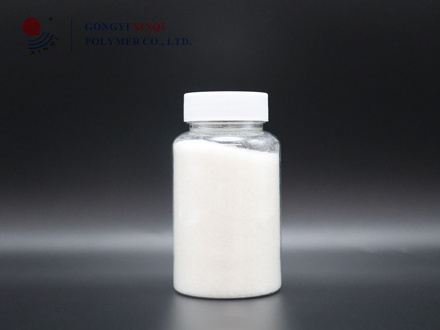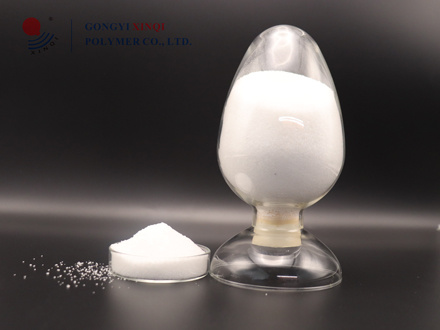In practical applications, how to choose polyacrylamide
Release time:
Jan 17,2024
In practical applications, the selection of polyacrylamide (PAM) involves several factors that need to be considered. This essay aims to provide a general template for choosing PAM in various scenarios.
Introduction:
Polyacrylamide is a versatile polymer widely used in different industries due to its unique properties. The selection process requires careful evaluation of specific requirements and considerations.
1. Define the purpose:
Clearly identify the intended application of polyacrylamide. Determine whether it will be used as a flocculant, thickener, or any other function based on the desired outcome.
2. Assess water quality:
Evaluate the characteristics of the water source where PAM will be applied. Consider parameters such as pH level, turbidity, organic matter content, and presence of heavy metals or other contaminants.
3. Understand dosage requirements:
Determine the optimal dosage required for effective performance based on laboratory tests or previous experience with similar conditions. Factors like concentration levels and reaction time should also be taken into account.
4. Consider environmental impact:
Assess potential environmental consequences associated with using PAM in terms of toxicity and biodegradability. Choose products that have minimal adverse effects on ecosystems while still achieving desired results.
5. Evaluate product specifications:
Compare different types and grades of PAM available in terms of molecular weight, charge density, viscosity, and compatibility with other chemicals if necessary.
6. Cost-effectiveness analysis:
Consider both initial cost and long-term benefits when selecting PAM products or suppliers.
7.Consult experts if needed:
Seek advice from professionals who specialize in water treatment processes or relevant fields to ensure an informed decision-making process.
8.Testing & monitoring:
Implement regular testing procedures to monitor the efficiency and effectiveness of selected PAM products over time.
Conclusion:
The selection process for polyacrylamide depends on various factors including intended use, water quality assessment, dosage requirements, environmental impact consideration, product specifications evaluation, cost-effectiveness analysis, consultation with experts if necessary, and implementation of testing & monitoring protocols


Related News
Nov 06,2025
Nov 06,2025
polyacrylamide suppliers in egypt
Sep 28,2025
polyacrylamide suppliers south africa
Sep 28,2025
polyacrylamide suppliers in india
Sep 28,2025
Polyacrylamide Supplier in Malaysia
Sep 28,2025

